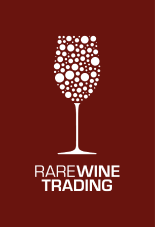Wine investment has been one of the best investments, and the performance of wine under the management of RareWine Invest was a stunning 22.5% in 2022, and the annualized performance for the past five years was a whopping 12.8 % per year. Furthermore, we realized 1,115 positions in the past year with an average return of 88%. More on that can be found in our annual report for investors.
The article portrays our company structure with RareWine Invest, RareWine Trading, and Nordic Freeport, a trinity of realizing a wine portfolio. When wines need storage, Nordic Freeport is key. When a portfolio is to be sold, RareWine Trading takes over, and that is one of our most significant assets in succeeding on behalf of our investors; we offer an effective way to realize your portfolio.
The success of RareWine Invests also lies in assisting our investors in selecting the right wines for their portfolio – this calls for great insights into the market, always being a step ahead. To accomplish this, we use data when qualifying wine for investment and leave taste and feelings out of the decision-making.
Right now, an average portfolio at RareWine Invest consists of approximately 25%-40% Burgundy, 20-40% Champagne, 10-20% Italian, and 10% wines from rest-of-the-world, including Napa Valley, Australia, and whisky, among others. We always recommend diversification in a portfolio. This percentage breakdown does not change daily, but in recent years, whisky has become an exciting category, so it is obviously one to keep an eye on. Whisky has gone up 373% in the last 10 years.
